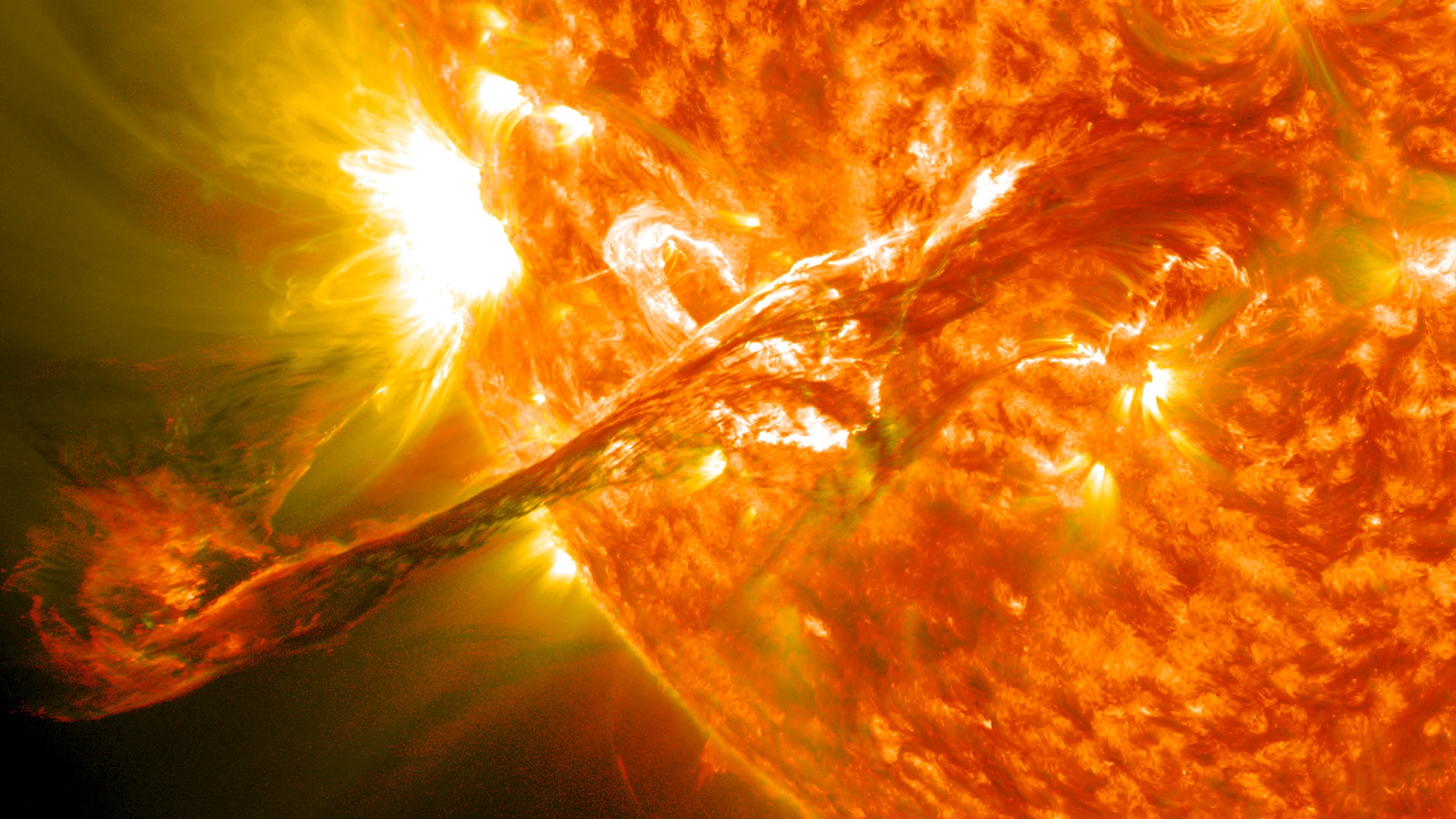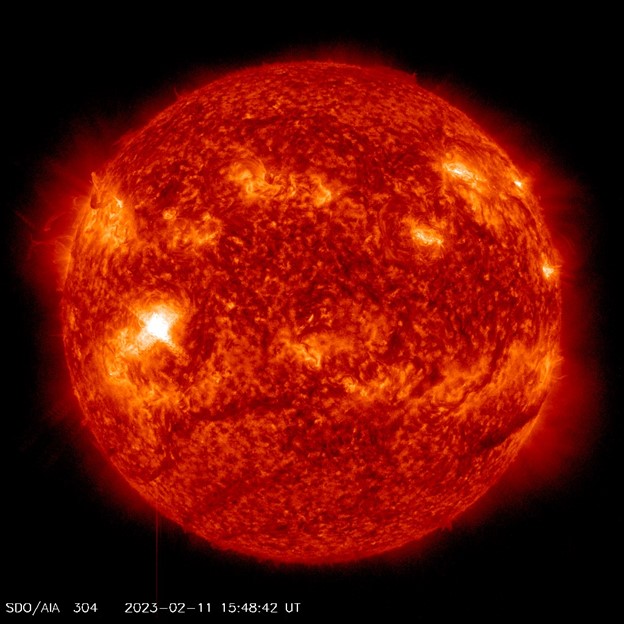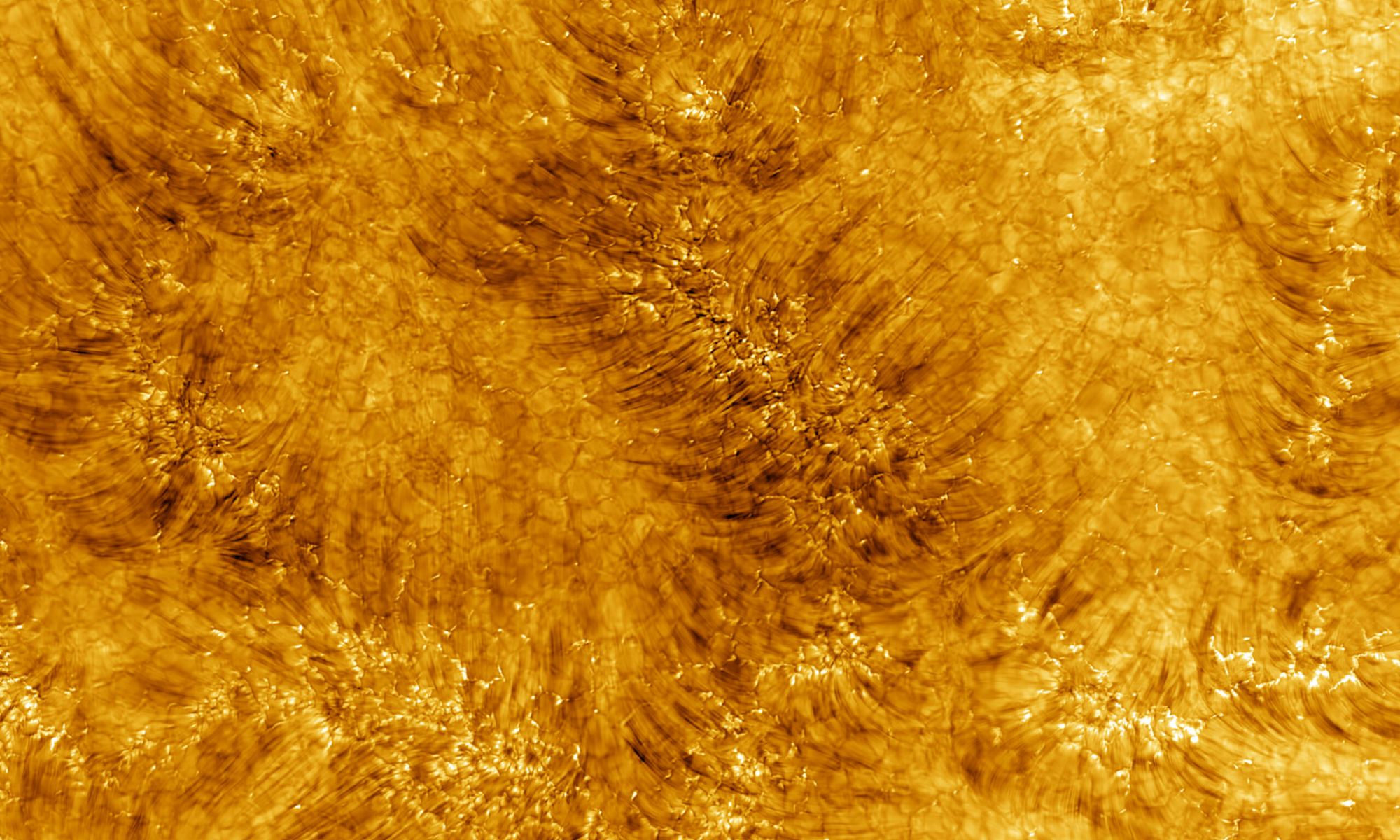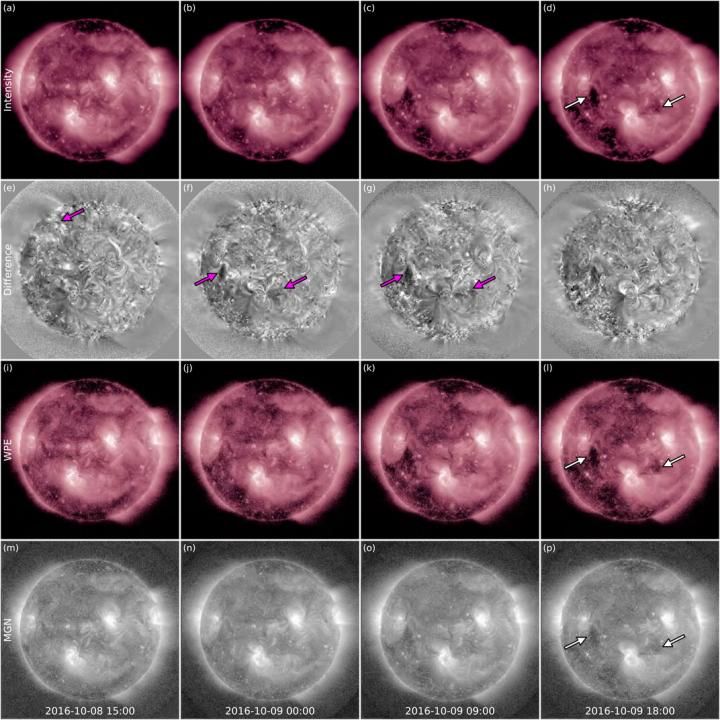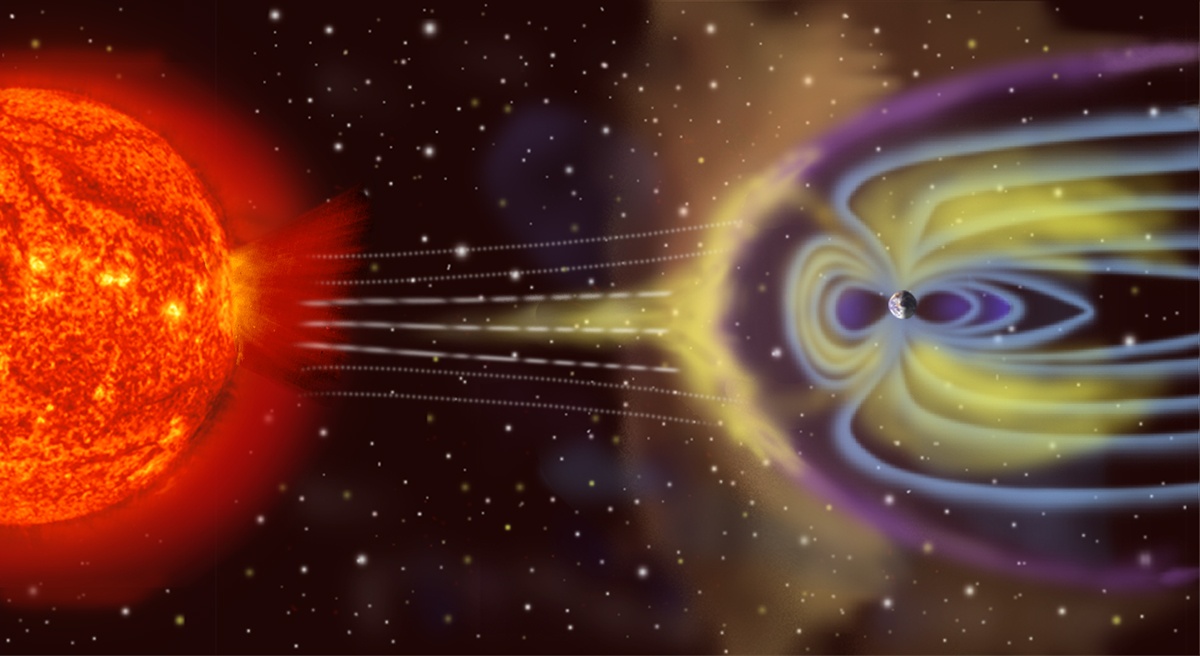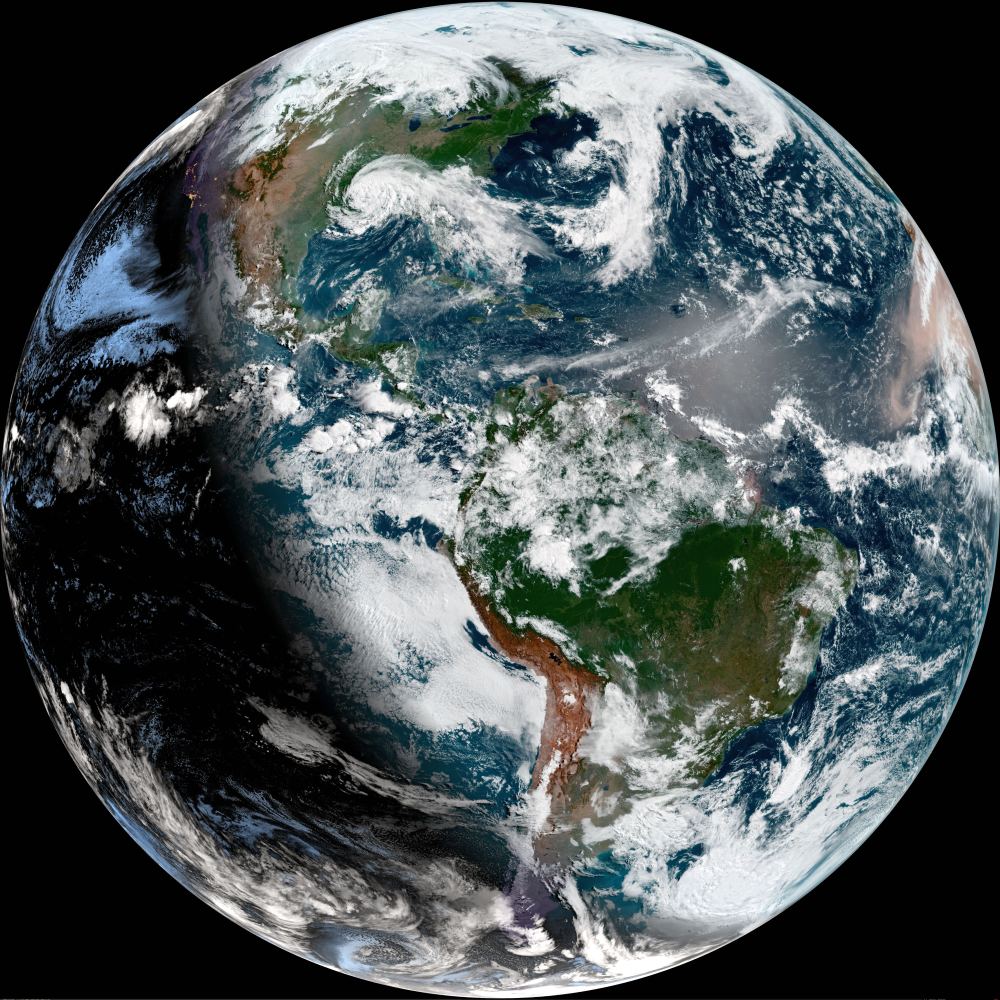Most of the time the Sun is pretty well-mannered, but occasionally it’s downright unruly. It sometimes throws extremely energetic tantrums. During these events, a solar flare or a shock wave from a coronal mass ejection (CME) accelerates protons to extremely high velocities. These are called Solar Particle Events or Solar Proton Events (SPEs).
However, the exact timing of these events can be difficult to ascertain. New research has determined the date of one of the most powerful SPEs to strike Earth during the Holocene.
Continue reading “Earth’s Old Trees Keep A Record of Powerful Solar Storms”
